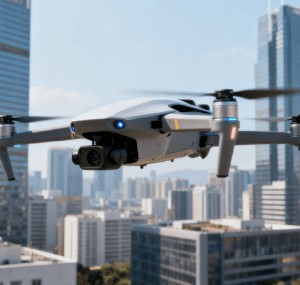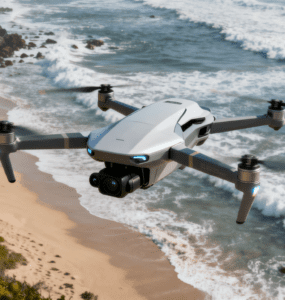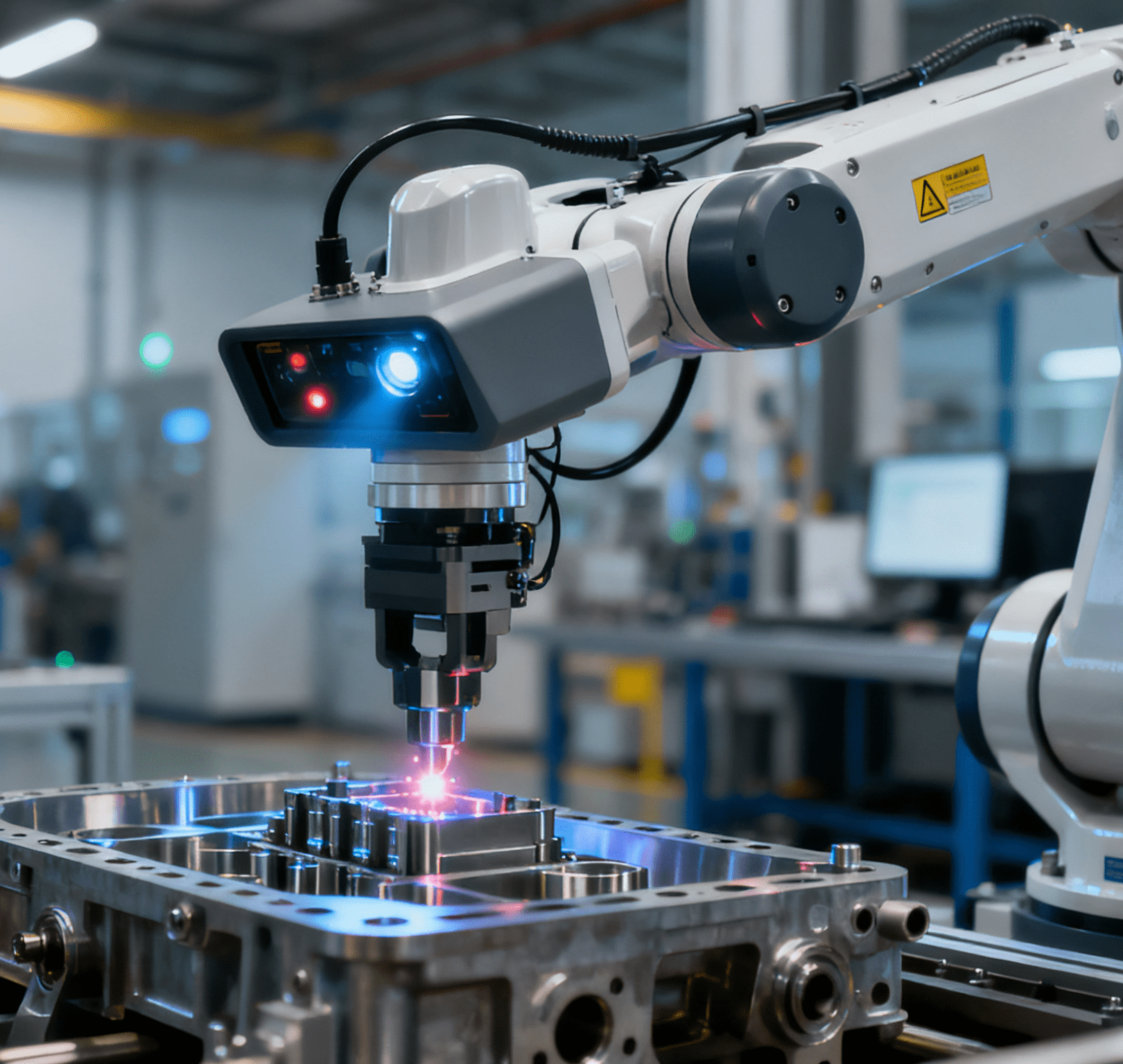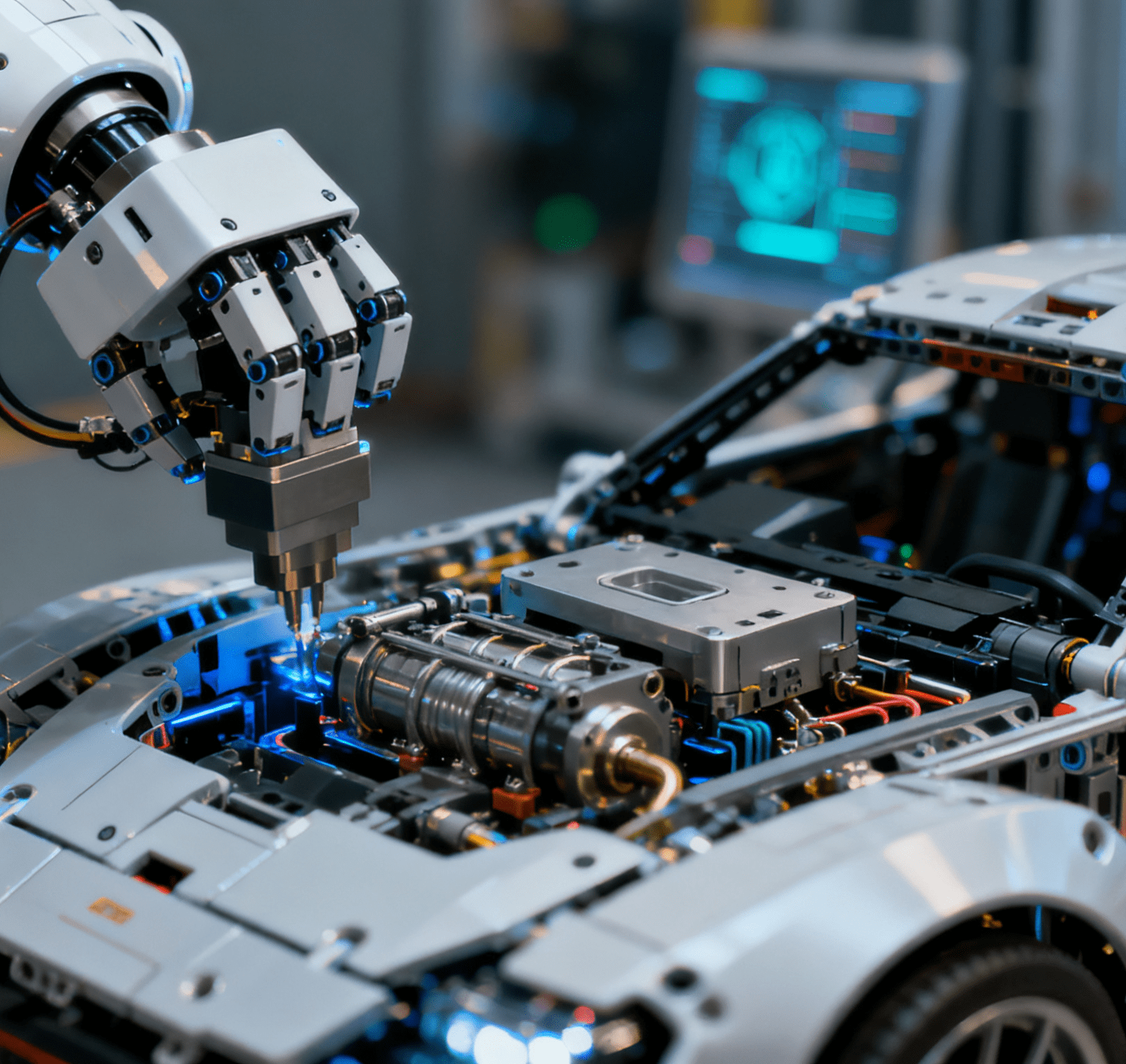
59.9% Surge: Driven by the Triple Forces of Technology, Policies, and Market Demand
A smart Unmanned Aerial Vehicle (UAV) is an aviation device that achieves autonomous flight through an intelligent decision-making system and can complete various complex tasks. According to data from the National Bureau of Statistics, in the first three quarters of 2025, the output of smart UAVs in high-tech manufacturing industries above the designated size increased by 59.9% year-on-year.
This high-speed growth is no accident; it is driven by the combined forces of technological breakthroughs, policy support, and market demand, fully demonstrating the strong momentum of the low-altitude economy’s development!
At the national level, the low-altitude economy has been clearly identified as a strategic emerging industry. A series of policies covering top-level design, regulatory guarantees, application promotion, and infrastructure support have paved the way for its development. Local governments have also responded proactively, accelerating the construction of supporting infrastructure systems for low-altitude flight and making every effort to seize opportunities in the development of the low-altitude economy.
For example, Guangdong Province issued the Several Measures to Support the High-Quality Development of the Low-Altitude Economy, clearly proposing to build a national leading highland for the low-altitude economy industry. It supports Guangzhou, Shenzhen, and Zhuhai in carrying out pilot projects in fields such as low-altitude passenger transport and cross-border logistics, and strengthens support for low-altitude financial services. Sichuan Province has established an aviation industry development fund with a total scale of 2 billion yuan, released a list of industrial investment opportunities, and provided policy and financial guarantees for project implementation. Guizhou Province has proposed that by 2027, it will initially form the scale effect of the low-altitude economy, promote the construction of low-altitude intelligent connection infrastructure, and expand characteristic application scenarios such as low-altitude logistics and low-altitude tourism…
These policies are not merely directional guidelines; they have also formed tangible driving forces, accelerating the low-altitude economy’s transition from the “conceptual blueprint” stage to “systematic implementation” and enabling the low-altitude economy to truly “enter the homes of ordinary people”.
Core of the Industrial Chain: Physical Products Support Sustainable Development
As a comprehensive industry integrating high-end manufacturing, digital technology, and professional services, the low-altitude economy entered a period of rapid development in 2025. Its core product system covers UAV complete machines, key components, ground infrastructure, and professional operation services, forming a complete industrial chain.
Professor Zhang Qizai from the University of the Chinese Academy of Social Sciences, when interpreting the “1+3” development law of the intelligent economy, emphasized that the development of the low-altitude economy must be supported by physical products, with low-altitude aircraft and related equipment as the core.
Specifically, low-altitude aircraft include UAVs, helicopters, and other types, which are widely used in logistics and transportation, emergency rescue, environmental monitoring, agricultural plant protection, and other fields, playing an irreplaceable role. Relevant supporting equipment covers key components such as flight control systems, navigation and positioning, and communication transmission, which serve as the technical foundation for ensuring the safe, accurate, and efficient operation of low-altitude flights. It is worth noting that in the key link of component manufacturing, high-precision Contactor Assembly Machines ensure the efficient and reliable production of contactors—the core components of UAV power supply and control systems—laying a solid foundation for the quality of core hardware. Only by continuously promoting the R&D and upgrading of these physical products can the low-altitude economy achieve healthy and sustainable development.

Future Outlook: Large-Scale Application and Formation of Three-Dimensional Transportation
Currently, the rapid popularization of smart UAVs and the overall rise of the low-altitude economy together outline a vibrant landscape of an emerging industry.
Looking ahead, UAVs and electric Vertical Take-Off and Landing (eVTOL) aircraft will be applied on a large scale in more scenarios such as urban commuting, medical emergency rescue, and agricultural and forestry operations. eVTOLs are even expected to launch urban “air bus” routes and build a three-dimensional transportation network, effectively alleviating ground transportation pressure and providing a new path for the sustainable development of cities.




















